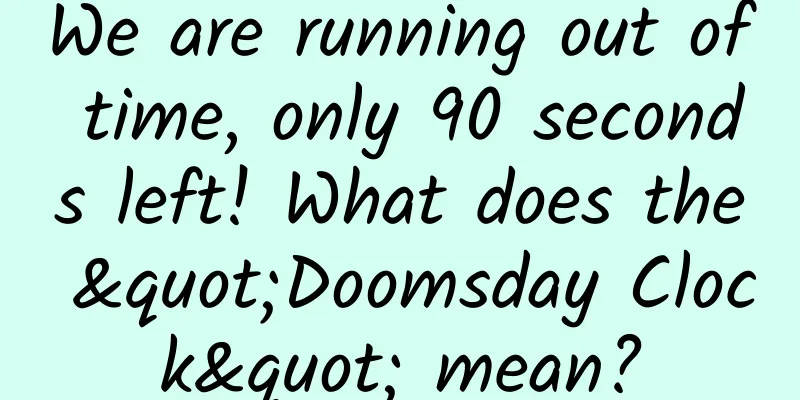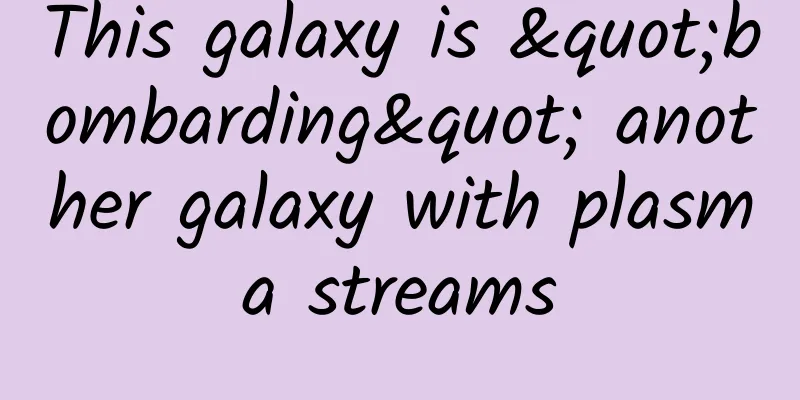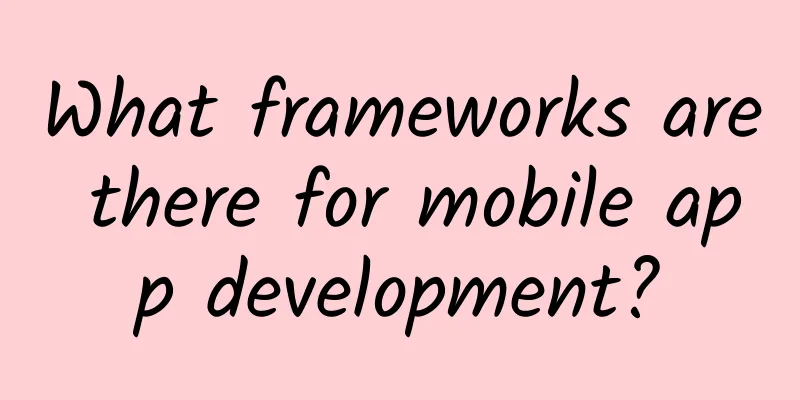We are running out of time, only 90 seconds left! What does the "Doomsday Clock" mean?

|
© The Walrus Leviathan Press: Indeed, if you know that the world will be completely destroyed in a few minutes, your inner thoughts will probably be: it will be destroyed anyway, so why not lie down and accept that everyone is equal in the face of death. This is also the reason why critics question the "Doomsday Clock" - this countdown setting will increase people's negative emotions and make them lazy. However, we should also see the positive significance of this reminder, that is, maybe you can really turn the hands back one minute through your own efforts. In fact, compared with the threat of nuclear war, the impact of climate change we face is already more common: rare high temperatures breaking records, extended flowering periods leading to more and more allergies, industrial pollution forcing you to buy extra air purifiers and masks, etc. At this time, perhaps we should ask ourselves: What can I do in this increasingly unstable world? On January 23, 2020, the Bulletin of the Atomic Scientists, a nonprofit research and education organization headquartered in Chicago, adjusted the hands of the Doomsday Clock to 100 seconds to midnight - the closest to midnight in its 74-year history (midnight symbolizes the end of the world. In January 2023, under the threat of the Russian-Ukrainian war, the Doomsday Clock was adjusted forward another 10 seconds, now with only 90 seconds left to midnight, further breaking the record set three years ago. This is the closest the Doomsday Clock has been to midnight since its establishment. Editor's note). According to the Bulletin, the change reflects the growing global threats posed by climate change, nuclear proliferation and misinformation. But what exactly is the Doomsday Clock? Where does it come from? How is it updated? And what can it tell us about the changing global risk of disasters in the 20th and 21st centuries? The Doomsday Clock traces its origins to 1945, the year of the atomic bombings of Hiroshima and Nagasaki, when a group of Chicago scientists who had worked on the Manhattan Project, including physicist Hyman Goldsmith and biophysicist Eugene Rabinowitch, founded the Bulletin of the Atomic Scientists of Chicago, a monthly newsletter designed to inform the public about the growing threat of nuclear weapons. Eugene Rabinovich (second from right) on the University of Chicago campus in 1946. © Sage Journals Two years later, when Labinch and Goldsmith decided to expand the newsletter into a full-fledged magazine, they asked artist Martyl Langsdorf, wife of physicist and Gazette member Alexander Langsdorf, to design the cover. Martel Langsdorf and her daughter in the 1940s. © Washington Post At first, Martel considered drawing a giant letter "U" to represent uranium, but after listening to conversations among other Bulletin scientists, she realized that the essence of the publication was not nuclear weapons themselves, but the grave risk of global catastrophe they posed. Thus, as the Bulletin of the Atomic Scientists website states: "She drew the hands of a clock, ticking down to midnight. Like a countdown to an atomic bomb explosion, it hinted at the destruction that would come if no one took action to stop it." The Doomsday Clock made its debut on the cover of the June 1947 issue of The Gazette, with the hour hand set to seven minutes before midnight. Although this position had no particular meaning initially—Martel admitted that she placed the hand there for "aesthetic reasons"—it became the benchmark for all subsequent adjustments. Cover of the Bulletin of the Atomic Scientists, June 1947. © Medium The decision on whether to move the needle, and by how much, is made every January based on technological and geopolitical changes from the previous year. Originally, the decision was made by founding editor Eugene Rabinovich himself, but after his death in 1973, the job is made by the Bulletin’s Science and Security Board in consultation with its sponsoring committee, which currently includes 13 Nobel laureates. In the 74 years since its creation, the Doomsday Clock has been changed 25 times. The first time was in 1949, in response to the Soviet Union's detonation of its first atomic bomb, an event that dramatically changed the environment of the Cold War and caused the Bulletin to adjust the clock to three minutes before midnight. Other events that pushed the clock closer to midnight included the development of nuclear weapons by France and China in the early 1960s, the escalation of the Vietnam War in 1968, and Ronald Reagan's withdrawal from disarmament negotiations in 1980; while events that moved the clock back included the cooperation of scientists around the world during the International Geophysical Year of 1957-1958, the partial nuclear test ban treaty signed by the United States and the Soviet Union in 1963, and the fall of the Berlin Wall in 1989. The Doomsday Clock's hands have been moving since 1947, and they are moving in 2020. © Fastfission/Wikipedia/Javier Hirschfeld Before 2020, the closest the clock had ever been to midnight was in 1953 (2 minutes), when the United States and the Soviet Union tested their first thermonuclear weapons within six months of each other, and the farthest from midnight was in 1991 after the collapse of the Soviet Union (17 minutes). Nuclear bomb testing conducted by artillery at the Nevada Test Site in the United States in 1953. © wikipedia Curiously, the Cuban Missile Crisis of 1962—the closest thing the world has come to all-out nuclear war—had no effect on the clock, as it was resolved before the Bulletin was even discussed. Moreover, the crisis led to major changes in global policy—such as the establishment of the Moscow-Washington hotline—that made the world a safer place. Due to its simplicity and intuitive immediacy, the Doomsday Clock quickly became a symbol of the Cold War, inspiring countless works of popular art, such as Iron Maiden’s “Two Minutes to Midnight” and Alan Moore’s Watchmen. As times have changed, so has the Doomsday Clock. In 2007, designer Michael Beirut updated the clock's design to make it more contemporary, and in 2009, when the Gazette switched from print to digital publication, the clock was also adapted and now appears as a logo on the Gazette's website. In 2016, the Gazette also commissioned a physical Doomsday Clock that hangs in the lobby of its Chicago office, attracting thousands of visitors each year. The fall of the Berlin Wall: An East German soldier talks to a West German through a crack in the wall in late November 1989. © wikipedia Other changes are more fundamental. While the Doomsday Clock has long been associated with the threat of nuclear war, in recent years the Bulletin has begun to focus on more current and emerging civilizational threats, including climate change, biotechnology, cyberwarfare, and even artificial intelligence. In fact, the Bulletin moved the Doomsday Clock to 100 seconds to midnight in 2020 for the following reasons: “Humanity continues to face two simultaneous existential threats – nuclear war and climate change – that are exacerbated by a threat multiplier – cyber information warfare – that undermines society’s ability to respond to them. The international security situation is dire not only because of the existence of these threats, but also because world leaders have allowed the international political infrastructure that manages them to erode.” Still, the threat of nuclear war remains an important factor in the clock's setting, as evidenced by the clock being moved to five minutes to midnight in 2007 following North Korea's nuclear weapons test and Iran's resumption of uranium enrichment activities. Despite its iconic status, the Doomsday Clock has received its fair share of criticism over the years, with many questioning the process by which the Bulletin Board sets the hands of the Doomsday Clock, and even the value of the clock as an indicator of global risk. Much of this criticism has focused on the clock's representation of risk, which some, such as Anders Sandberg of the Future of Humanity Institute at Oxford University, believe is inherently flawed. According to Sandberg, the various risk factors the clocks measure are fundamentally different and therefore cannot be easily compared. They are all artificial, which means: “…conventional forms of probability estimation are not only inadequate, but actually misleading. [The clock] is not a precise unit of measurement; it combines multiple factors. Maybe it’s easy to estimate at first if it’s just nuclear war, but there are other potential threats we face.” But Sandberg said that even if applied only to nuclear war, the clock's design itself is not very suitable as a risk indicator, because its relentless "countdown" mode implies that global disaster is inevitable, rather than something we can actively avoid. In addition, Sandberg believes that the clock's basic mission - to remind humanity how close to disaster it is - may actually be counterproductive, pointing out: “You can’t schedule your life to the three minutes before midnight.” Katherine Pandora, a researcher in the history of science at the University of Oklahoma, agrees: "Having authorities declare an impending emergency is an effective way to get the public's attention and prepare them to take immediate action, which is the logic behind the Doomsday Clock's destruction from minutes to midnight. To require generations to maintain a state of emergency is self-contradictory. The unintended impact of this directive could hinder successful resolution of the problem at hand and undermine working relationships between experts and non-experts. I do not believe that using apocalyptic rhetoric helps us discuss difficult and complex issues in a democracy." Nonetheless, Pandora praised the Bulletin of the Atomic Scientists’ efforts to keep the public informed about emerging global threats, noting, “The conclusions reached in the Bulletin’s reports are the result of a great deal of research and analysis, and it’s a tool that really gets all of us talking about critical issues.” The Doomsday Clock has also been criticized by right-wing commentators, who have accused it of being "little more than a liberal anxiety meter," in the words of journalist John Merline. These critics argue that the clock is not intended to be a meter of the ebb and flow of international power struggles; it is intended to reflect the changing levels of ongoing danger to human life in the nuclear age. © Gifer This led commentators to accuse the Bulletin of equating “fake news” with nuclear war as an existential threat to civilization. But most of the criticism, both liberal and conservative, seems to miss the fundamental point of the Doomsday Clock. As the bulletin states on its website: The Doomsday Clock is not a forecasting tool, and we are not predicting the future. Instead, we look at events that have already happened and existing trends. Our Science and Security Board tracks numbers and statistics, for example, the number and types of nuclear weapons in the world, the percentage of carbon dioxide in the atmosphere, the acidification of the oceans, and the rate of sea level rise. The Board also considers the efforts of leaders and citizens to reduce the dangers, as well as the efforts of institutions - whether governments, markets or civil society organizations - to implement negotiated agreements. The Bulletin is a bit like a doctor making a diagnosis. We look at the data, just as a doctor looks at lab tests and X-rays, but we also consider factors that are harder to quantify, just as a doctor does when talking to patients and families. We take into account as many symptoms, measurements, and circumstances as possible. The communique acknowledges that at its core the Doomsday Clock is – and always has been – a symbol, an easily understood symbol of global risk, designed to spark discussion and prompt action. In response to charges of political partisanship, the communique offers a sobering reminder: "Ensuring the survival of our society and the human species is not a political agenda. Working with other nations to achieve control of extremely dangerous technologies should not involve partisan politics. If the scientists involved in the Bulletin are critical of current policies on nuclear weapons and climate change, it is because these policies increase the likelihood of self-destruction." As another co-founder, Rabinovich, said, the purpose of the Doomsday Clock is to "scare people into regaining their rationality and thus protect civilization." The scientists who designed the Doomsday Clock probably didn't expect that the 7 minutes they thought was full of urgency would turn out to be a relatively "relaxed" time point in the more than 20 subsequent adjustments of the hands. The Doomsday Clock has been adjusted 25 times since its birth, 8 times slower and 17 times faster. Among them, it was kept at 7 minutes from "midnight" 4 times, longer than 7 minutes 8 times, and shorter than 7 minutes 13 times. The time closest to "the end of the world" is 90 seconds this year and 100 seconds in 2020. By Gilles Messier Translated by tamiya2 Proofreading/tim Original text/www.todayifoundout.com/index.php/2023/01/whats-up-with-the-very-real-doomsday-clock/ This article is based on the Creative Commons License (BY-NC) and is published by tamiya2 on Leviathan The article only reflects the author's views and does not necessarily represent the position of Leviathan |
<<: Don’t step on the wild flowers on the roadside and don’t eat the chestnuts on the ground!
Recommend
Ren Zhengfei: Huawei has three major breakthroughs. If we want to be the best in the world, we must do it.
Huawei Xinsheng Community published an internal e...
China Mobile to open 4G to virtual operators
[[121346]] Xu Gang, vice president of China Mobil...
Kuaishou Operation丨The delivery and process of Kuaishou advertising
According to the "2019 Internet Service Indu...
[Issue 16] Random Talk: Scientist from Zhejiang Province - Xu Shoubo: A pioneer throughout his life
...
7 copywriting routines that will help your sales skyrocket, save them all!
Attracting strangers with 10 words is a skill tha...
Introduction to frequently used iOS third-party libraries and XCode plug-ins
Third-party libraries are something that programm...
How to increase and maintain community activity?
The various communities we see are very lively, b...
User pyramid model: Zhihu promotion case analysis
As the proposer of the user pyramid model, Lei Le...
The 2023 national spring progress map is released, let's see where spring is coming
Yesterday (February 24) was the second day of the...
The method of increasing users by “old customers bringing in new customers”!
Before talking about the method of “old employees...
What kind of "heavenly dish" can be stationed in the space station?
The Wentian Laboratory is the first scientific ex...
Analyst Benedict Evans: What changes will happen to the mobile ecosystem in the future
Editor's note: The development of smartphones...
How much does it cost to customize the Longyan gaming equipment mini program? Longyan game equipment applet customization price inquiry
There are two types of customization of Longyan g...
Will Motorola Razr be folded just for the sake of folding?
At the end of last year, Lenovo released the Moto...
Social APP Traffic Monetization Guide
Introduction: Due to the existence of "hate,...









